
Your Vision Realized
Implementation makes or breaks business transformation. Whether it comes to forging alignment, juggling a complex set of programs, or managing a major change, value and ROI are on the line.
Realizing your potential requires an adaptive roadmap and a value-guided, flexible approach to delivering work. To move with constant change, you’ll need to regularly pressure-test assumptions, revisit priorities, and improve a little more each day. Transformation Management at North Highland does just that.
Talk to us about
VALUE YOUR WAY
Alignment
Align leadership around key priorities and initiatives.
Change Management
Manage change that employees champion and adopt.
Coordination
Keep day-to-day work in sync with your vision and strategy.
Progress
Align, manage, and measure programs and portfolios, assuring progress and ROI.
Readiness
Instill change readiness.
Speed
Unlock speed-to-value.
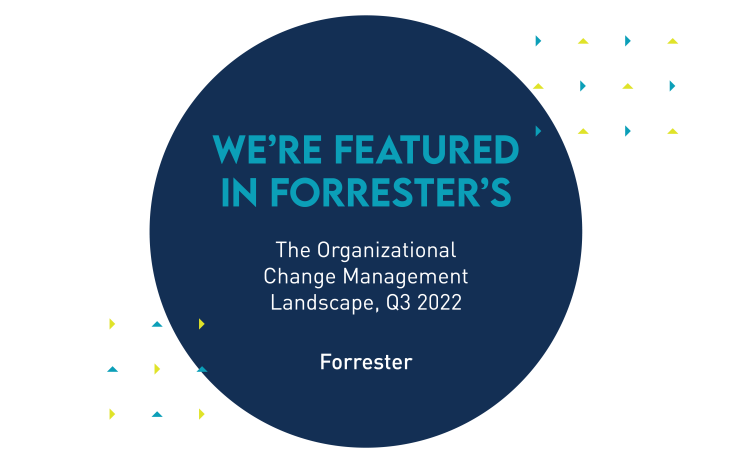
Made for Change
We’re named one of 14 leading organizational change management providers in Forrester’s The Organizational Change Management Landscape, Q3 2022.
More from the Analysts
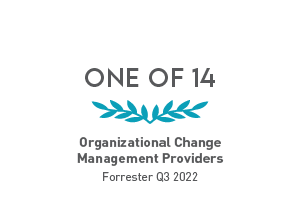

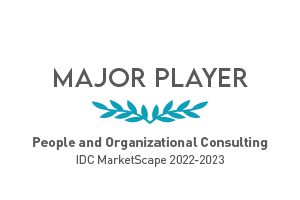
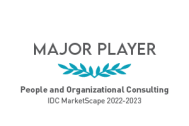
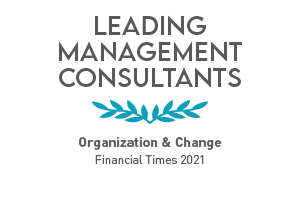
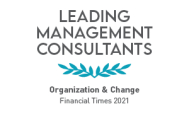







Next-Level (Digital) Delivery
Every transformation is a digital one. With our proprietary suite of digital tools, you get a clearer picture of where you are today, alignment on priorities and next steps, and value—made real.

Strategic Portfolio Management
Develop a strategic portfolio management plan that safeguards your investments, aligns your team, and maximizes the value of your transformation initiatives.